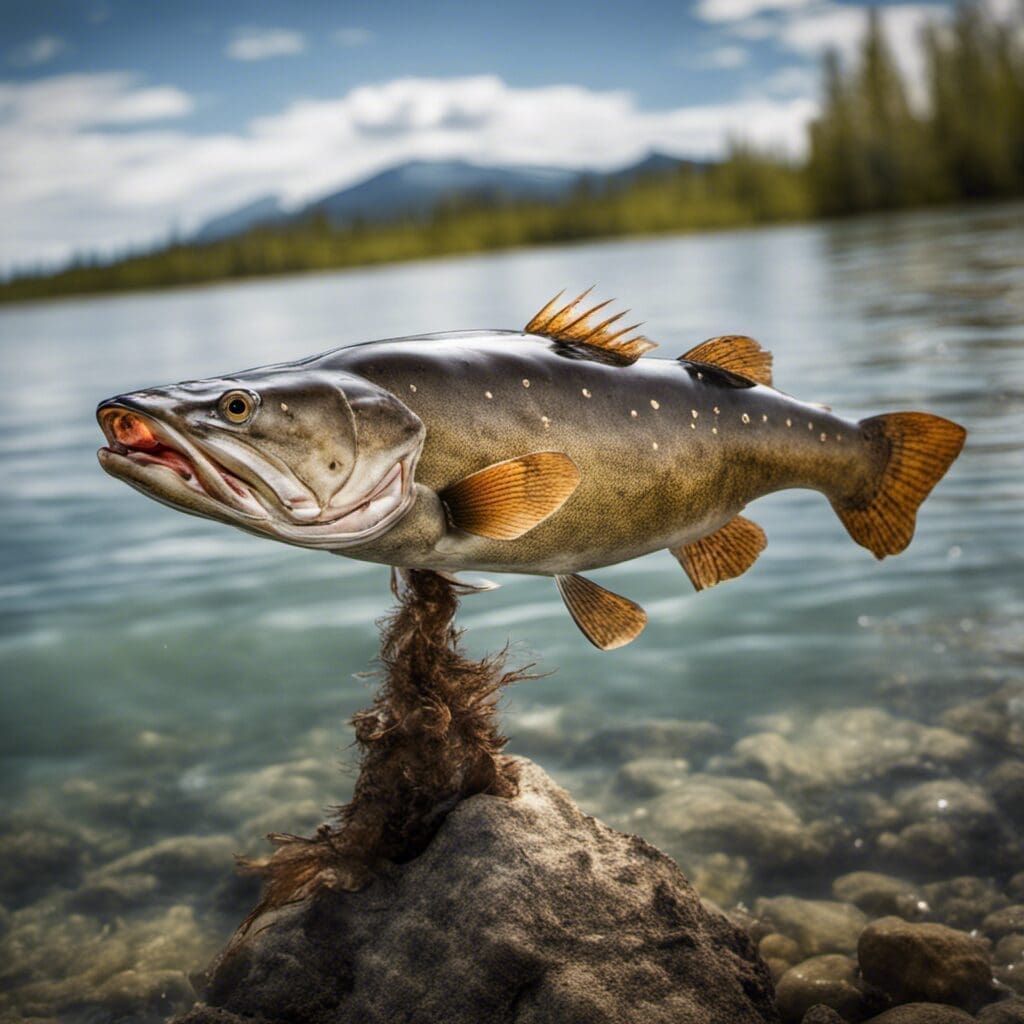Introduction
The Flathead, scientifically known as Platycephalus indicus, is a member of the Platycephalidae family.
Conservation Status
Currently, the Flathead has not been assessed for a conservation status by the International Union for Conservation of Nature (IUCN).
Statistics
| Length (Average) | Length (Range) | Weight (Average) | Weight (Range) | Average Lifespan |
|---|---|---|---|---|
| 30 – 70 cm | up to 120 cm | 0.5 – 3 kg | Up to 15 kg | Up to 20 years |
Distribution
Flathead fish are generally found across the Indo-Pacific region, with high prevalence in Australia, Japan, China and Indonesia.
No specific migration patterns have been documented due to the bottom-dwelling nature of the species.
Habitats
Water Type
Flathead prefer marine and brackish water environments.
Depth range
These species usually reside at depths between 1 – 10 meters but are known to dive up to 200 meters.
Temperature range
The Flathead is adapted to temperature ranges between 20 – 28°C.
Best Fishing Locations and Tips
Top Fishing Locations
- Botany Bay, NSW, Australia
- Moreton Bay, QLD, Australia
- Swan River, WA, Australia
- Port Phillip, VIC, Australia
- Gold Coast Broadwater, QLD, Australia
General Tips
Flathead fish are bottom-dwellers and hence, look for sand or mud bottom bodies of water. They are also drawn to locations with plenty of smaller fish, which are their primary food.
Identification Guide
Flathead fish are distinguished by their flat heads and bodies. They have a sandy, beige colour with brown spots for camouflage in their sandy habitats. They can be differentiated from similar species by their unique eyes, which are always on top of the flat head.
Culinary Details
How to Cook
Flathead filets can be grilled, fried, or baked and are known for their pure, slightly sweet flavor, and low fat content.
Taste Profile
Flathead are prized for their firm, white flesh and mild, slightly sweet flavour.
Nutritional Information
Flathead fish are packed with proteins and have an extremely low-calorie count due to their low fat content.
Additional Information
Behavior
The Flathead is nocturnal and feeds on a diet primarily consisting of fish and crustaceans.
Predators and Threats
Natural predators include larger fish and sharks. A significant human-induced threat is overfishing.
Cultural/Historical Significance
Flathead holds cultural values especially in Japan, being included in many traditional coastal cuisines.
References and Further Reading
For comprehensive studies on Flathead, refer to scholarly articles and works published on the subject. In addition, geographical fishing guides provide insights into the distribution, habits and fishing practices related to Flathead.
Please note that external links may take you to pages outside of this article. Always ensure to cross-verify information from multiple sources for accuracy

